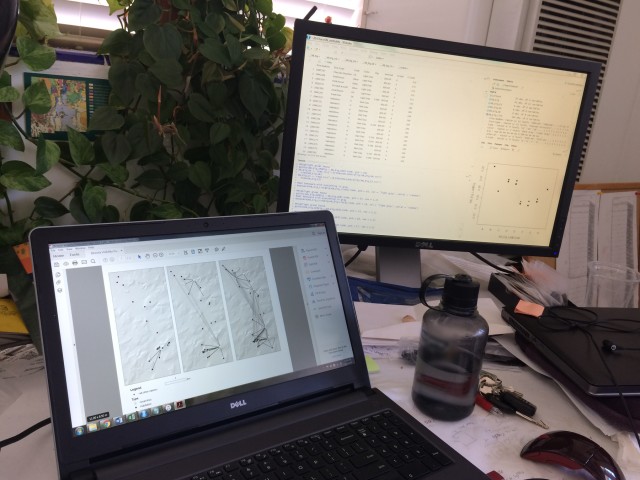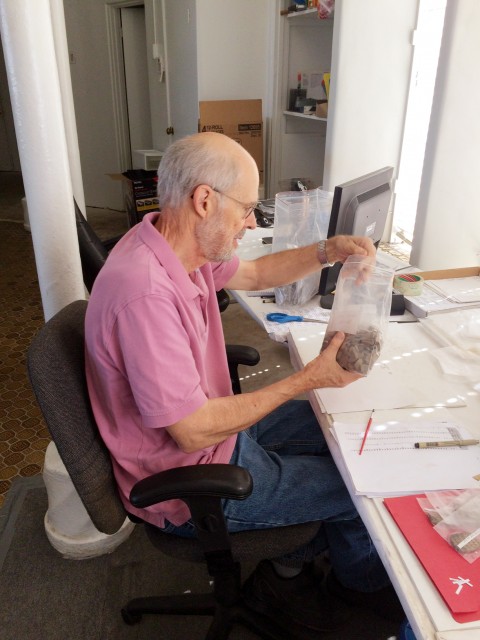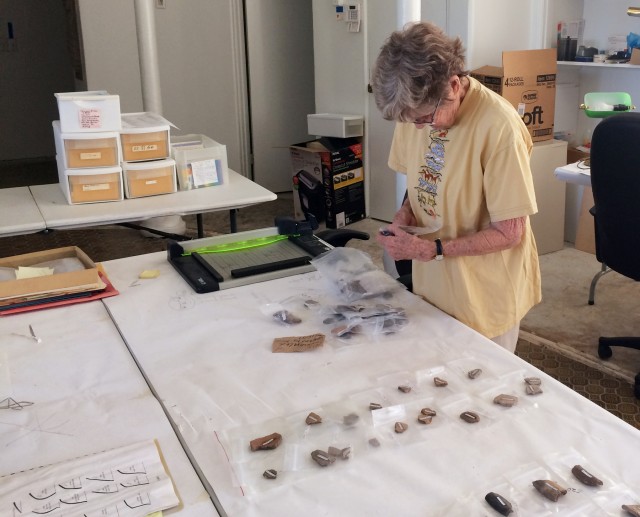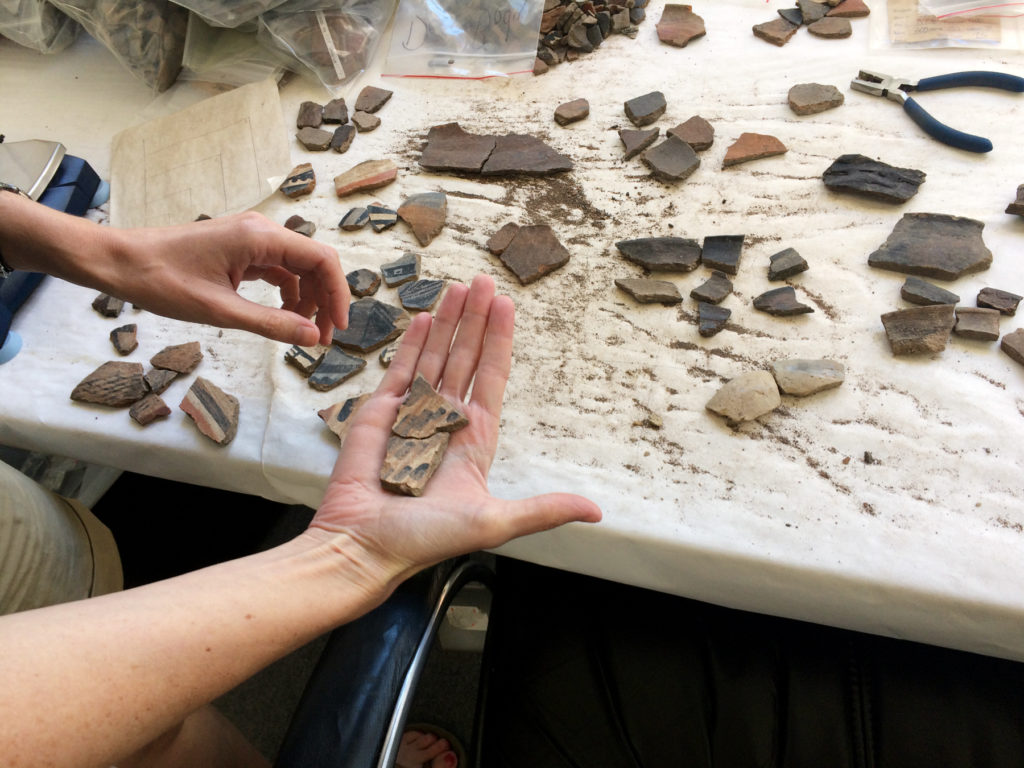- Home
- >
- Preservation Archaeology Blog
- >
- Juggling
As International Archaeology Day (October 15, 2016) approaches, we’ll celebrate by sharing posts about what we’re working on now—the daily work of archaeology. Please don’t hesitate to comment or ask questions!
(October 5, 2016)—One of the things I like most about working in archaeology is the variety. By that I mean the huge range of subjects and types of data that we engage with (high-flown social theory; the production steps required to make a specific type of pottery; the basics of the chemistry or physics or biology or math that we need to make sense of artifacts or samples; etc. etc.) and the diversity of tasks that go into the job.
Today, specifically, I’m juggling three or so projects, all at different stages and all requiring different metaphorical hats.
First, I’m working on the final figures and text for a journal article that I’m writing with Leslie Aragon about two communities near Chaco Canyon. Without going into details, we need to summarize a great deal of information about sites, their ceramic assemblages, and whether or not they have lines of sight to one another, in a few charts and maps. So I’ll be spending a good part of the day working in geographic information systems, graphics, and statistics programs (What’s a pirate’s favorite stats program? R!).

Second, since it’s Wednesday, our team of dedicated and supremely patient volunteers is in the lab working on processing the collection from our Field School in Mule Creek for curation (eventual storage in a museum). This involves making sure that an accurate inventory accompanies the artifacts, along with labeling and packing artifacts. Having conquered several years’ worth of material already, Georgie and Peter don’t require much help from me at this point. My job is to spring into action when inconsistencies crop up in the project records (and to make some bigger calls about how to organize the collections, but that’s not something I expect to have to do today!).
 |
 |
Out with the old sherds! Peter Boyle, left, and Georgie Boyer, right, prepare ceramics from the 2012 Field School for curation.

Finally, the other half of my workspace is covered with sherds from the more recent field school excavations in the Cliff Valley. I’ll spend part of my time this afternoon analyzing those, putting them into a database that’s comparable to our ceramic records from previous years. We’re hoping that differences in the ceramic assemblage within and between sites in the Upper Gila will tell us about social diversity among the people who lived there in the 1300s.
So, to summarize, today I’m working on three projects dealing with two parts of the Southwest, one of which is in the early stages of reporting, one of which is coming to an end, and one of which is still in the big questions and sherd-shuffling stage. I’ll be a cartographer and amateur graphic designer, a writer, a professional paperwork detangler, and a ceramicist. I’d be lying if I said that this profession never has a dull moment (I’ve looked at a lot of little brown sherds in my time), but I love that there’s always something different around the corner. And now, if you’ll excuse me, these charts won’t plot themselves!
Explore the News
-
Join Today
Keep up with the latest discoveries in southwestern archaeology. Join today, and receive Archaeology Southwest Magazine, among other member benefits.
